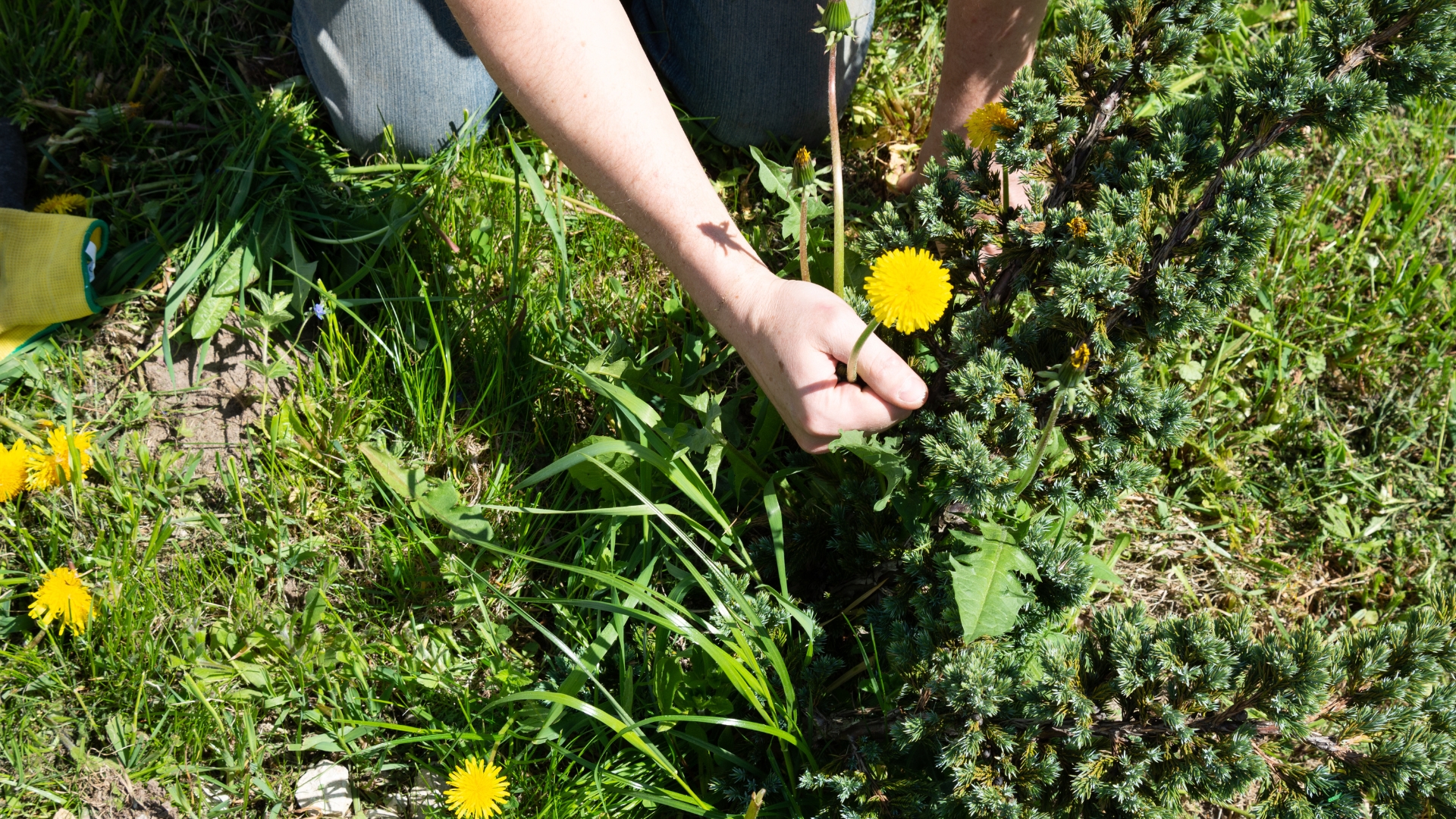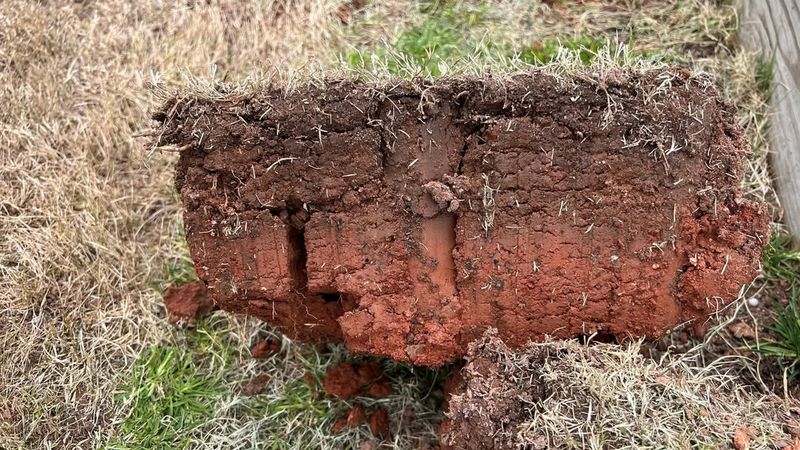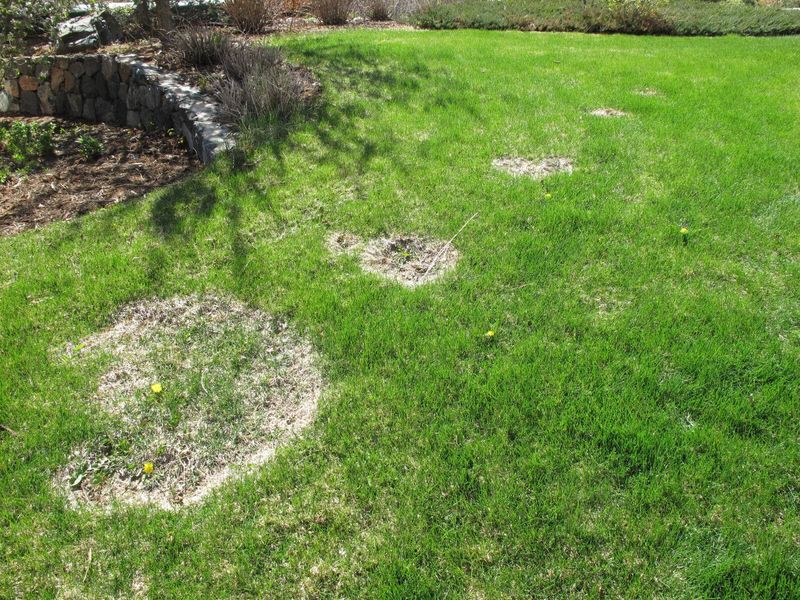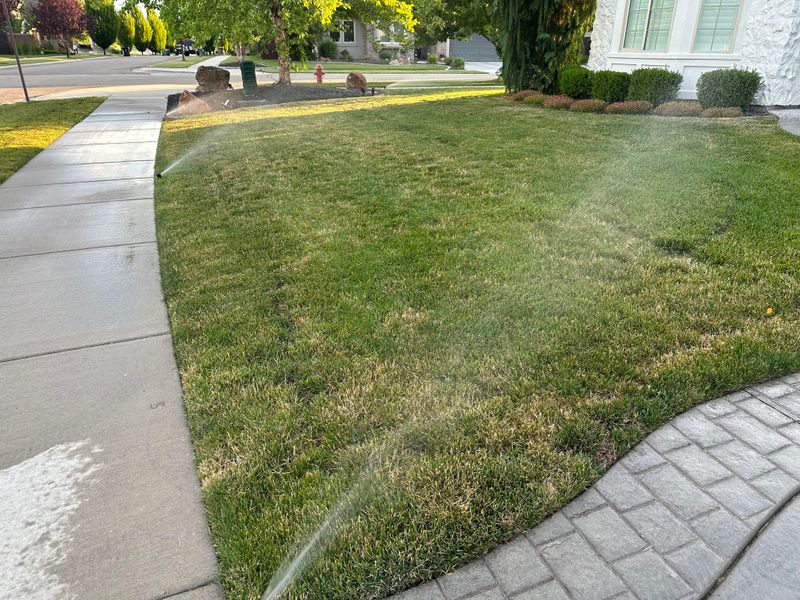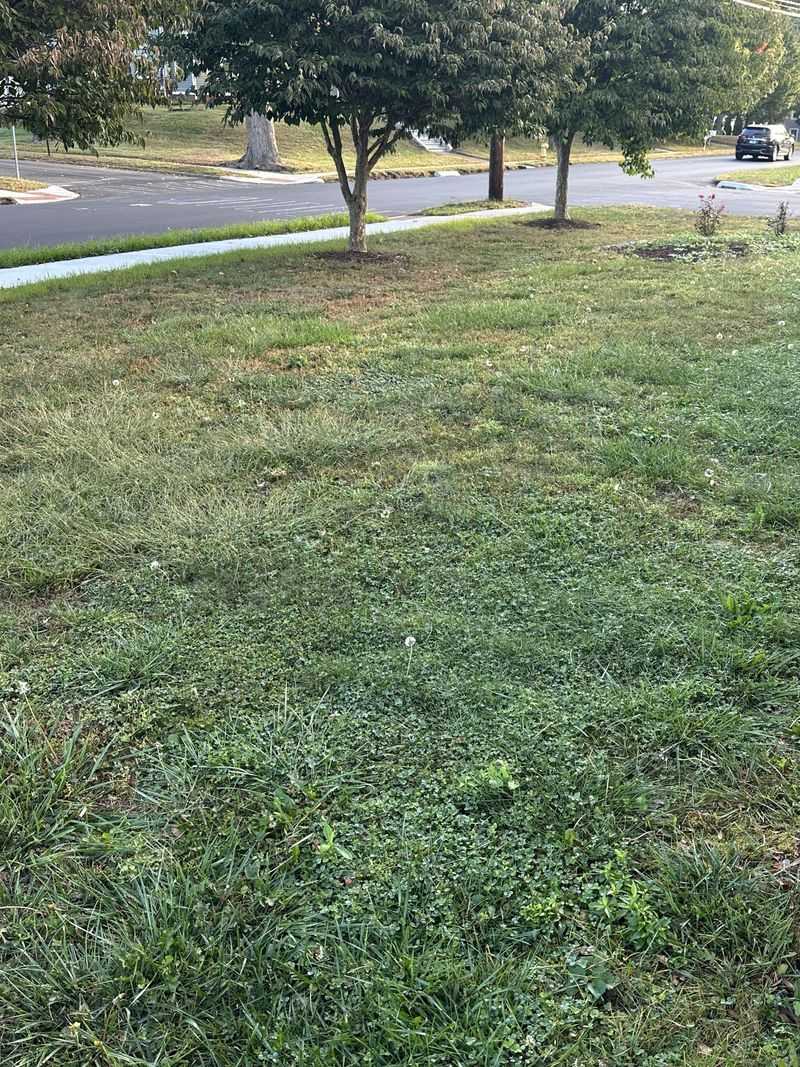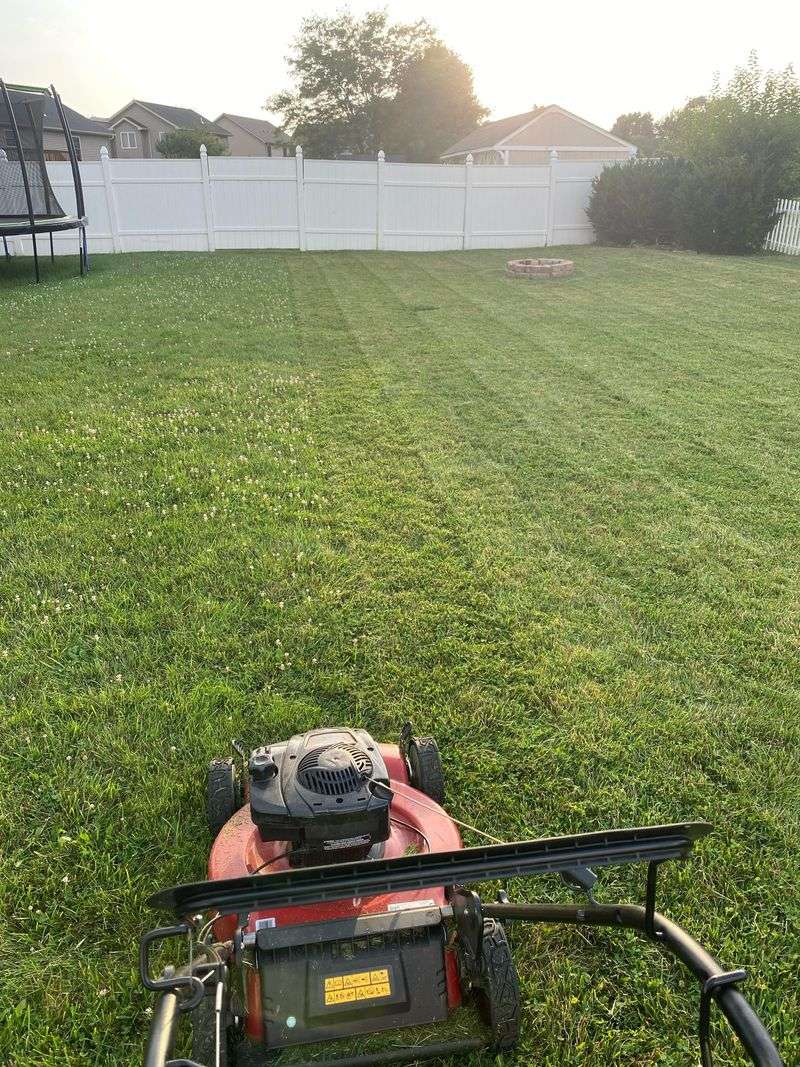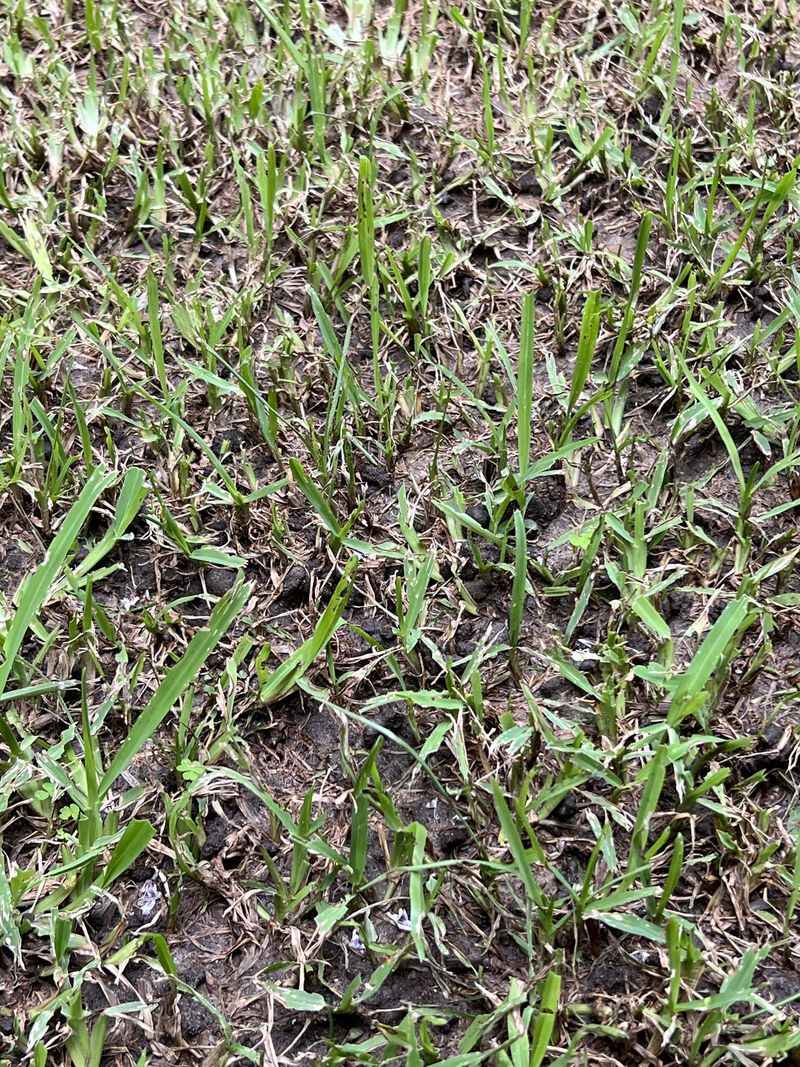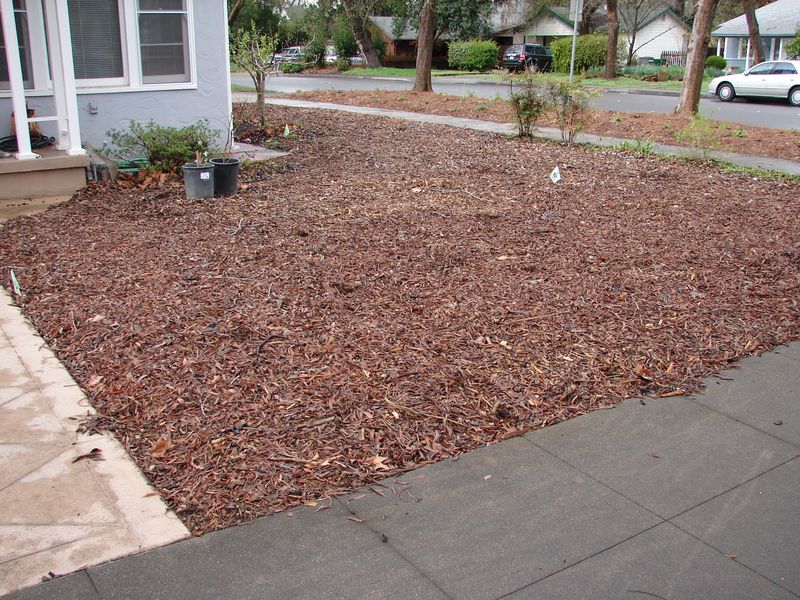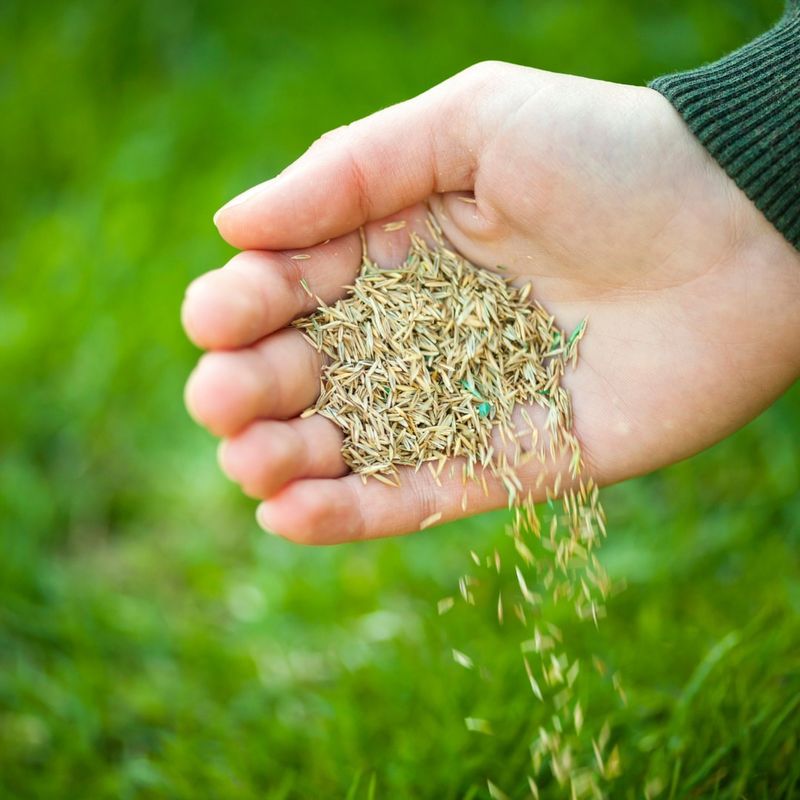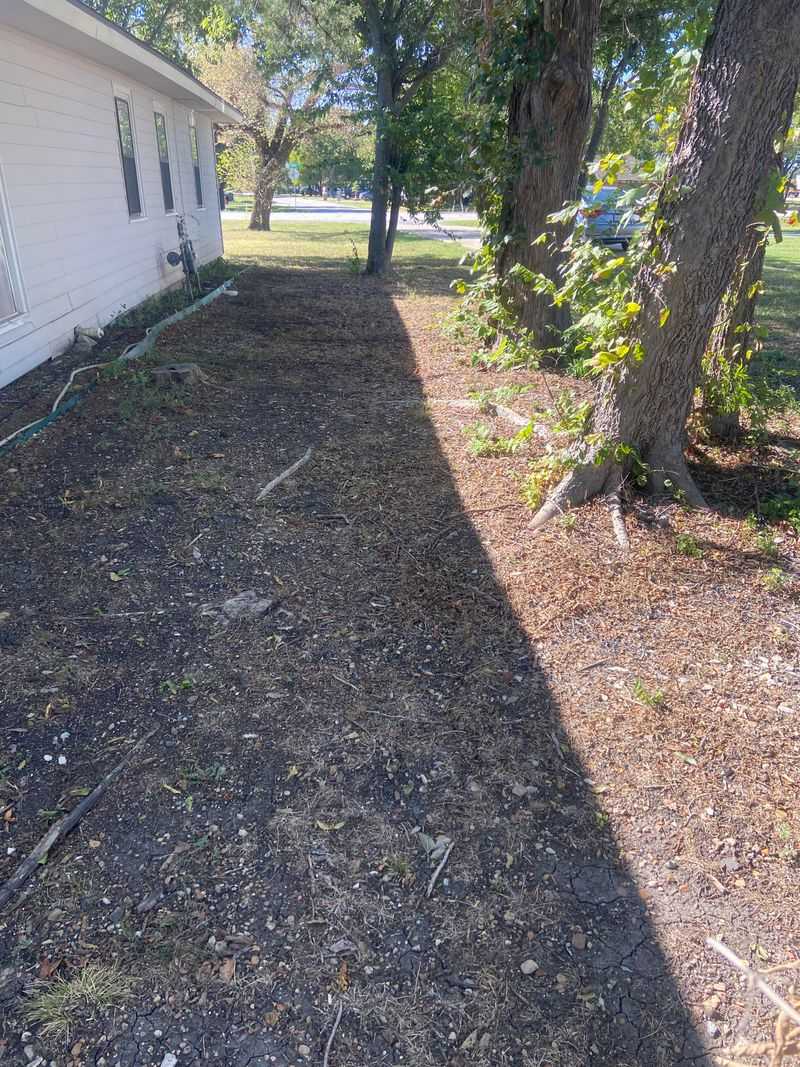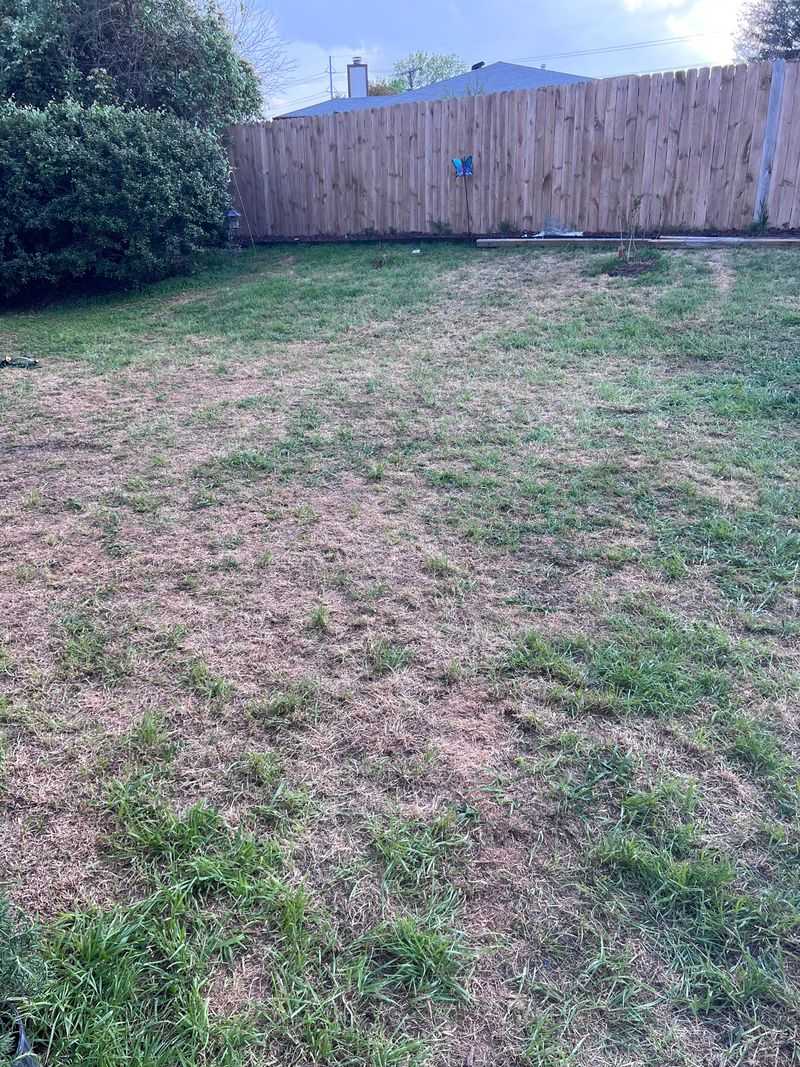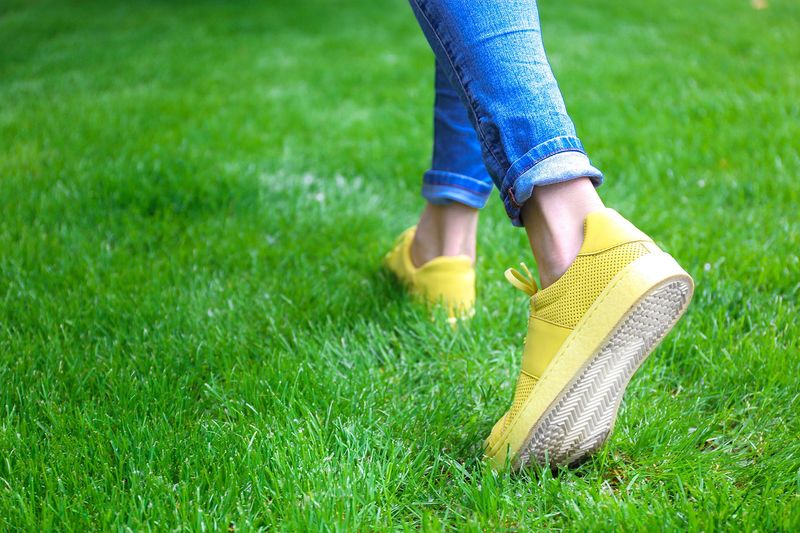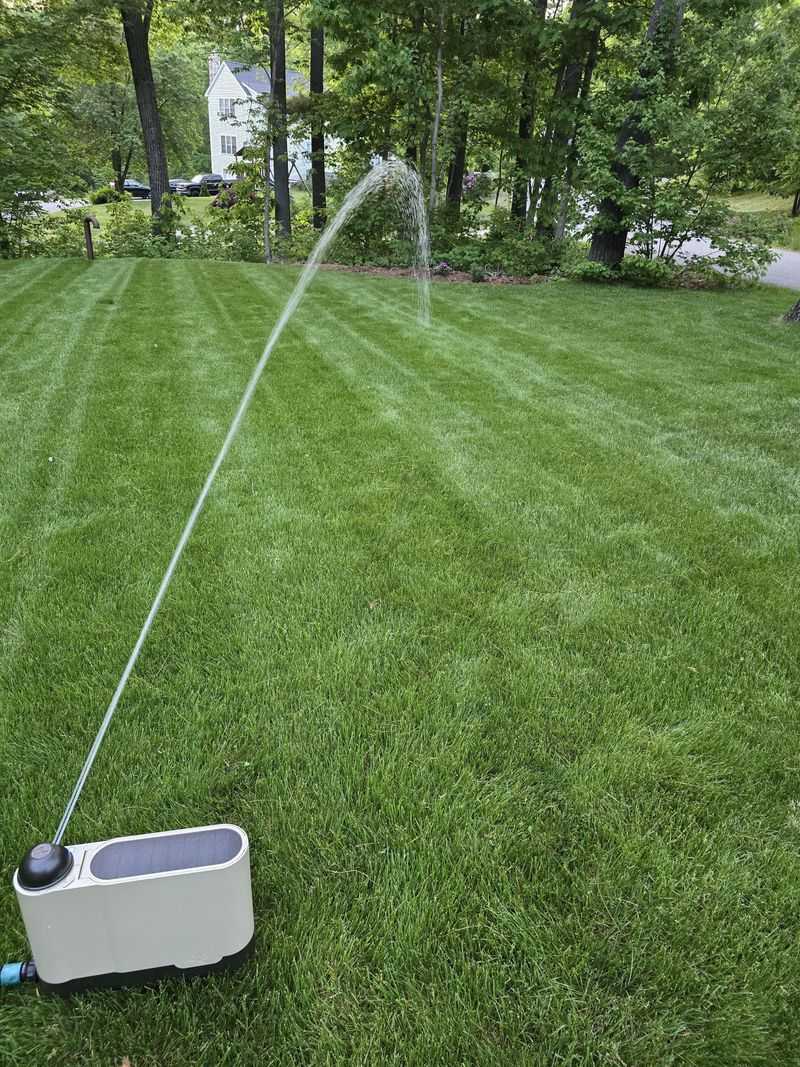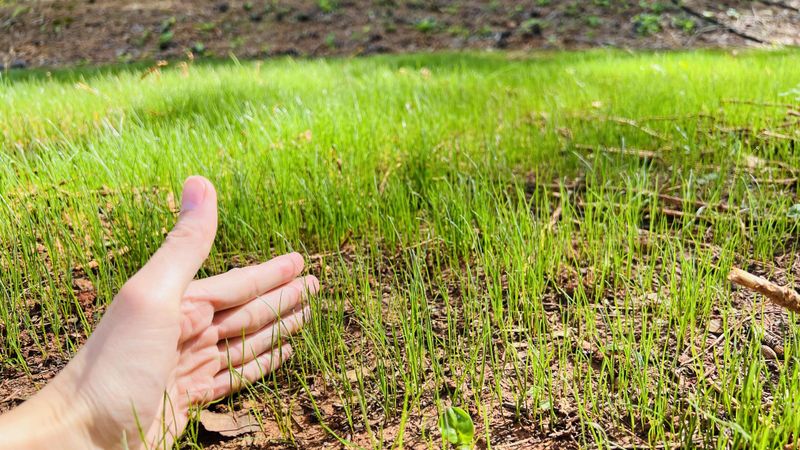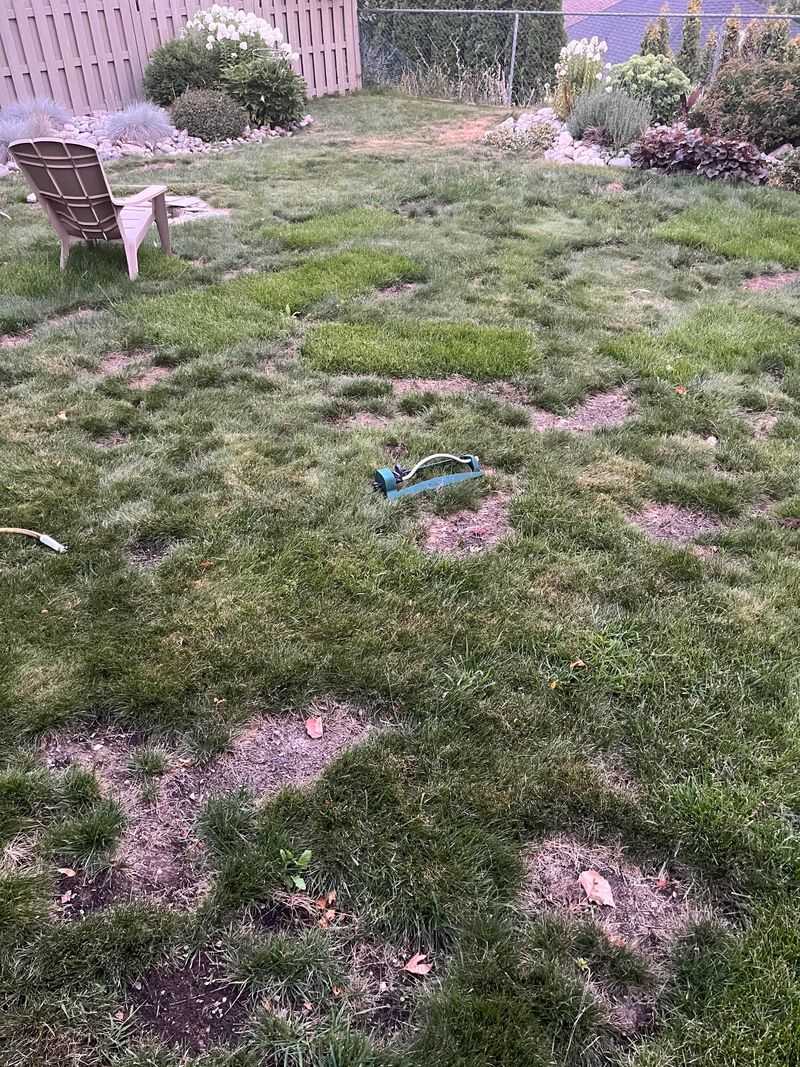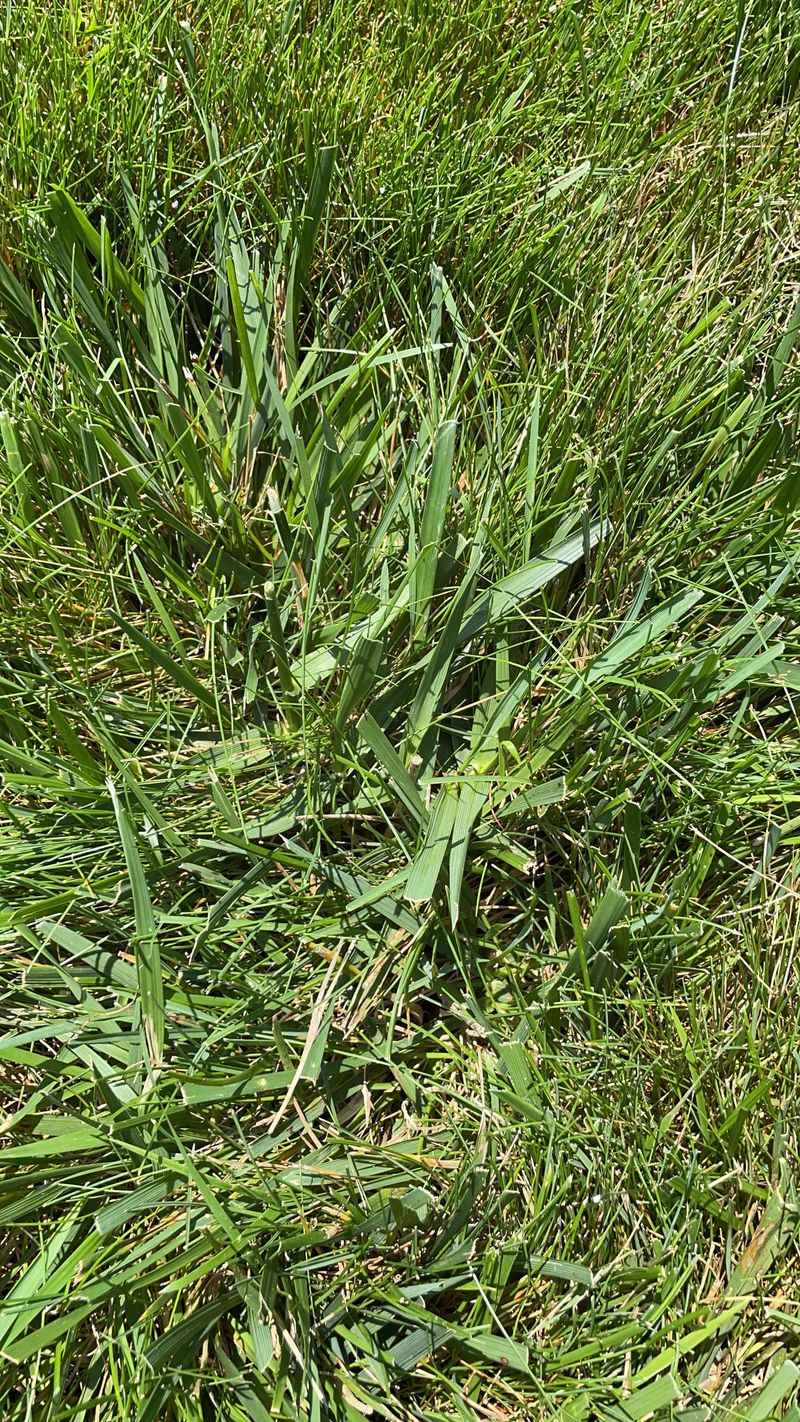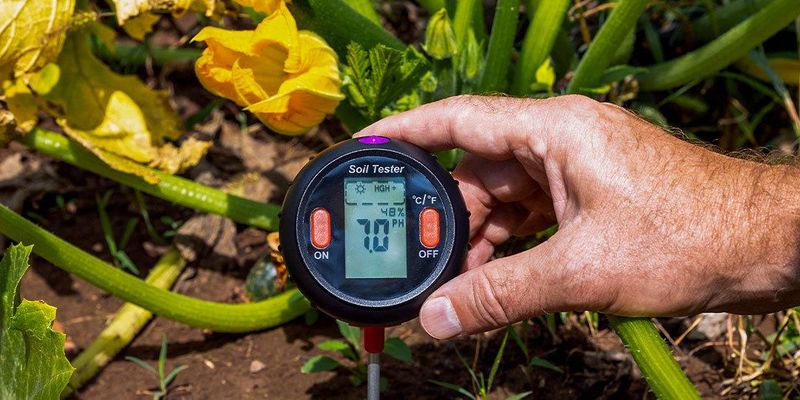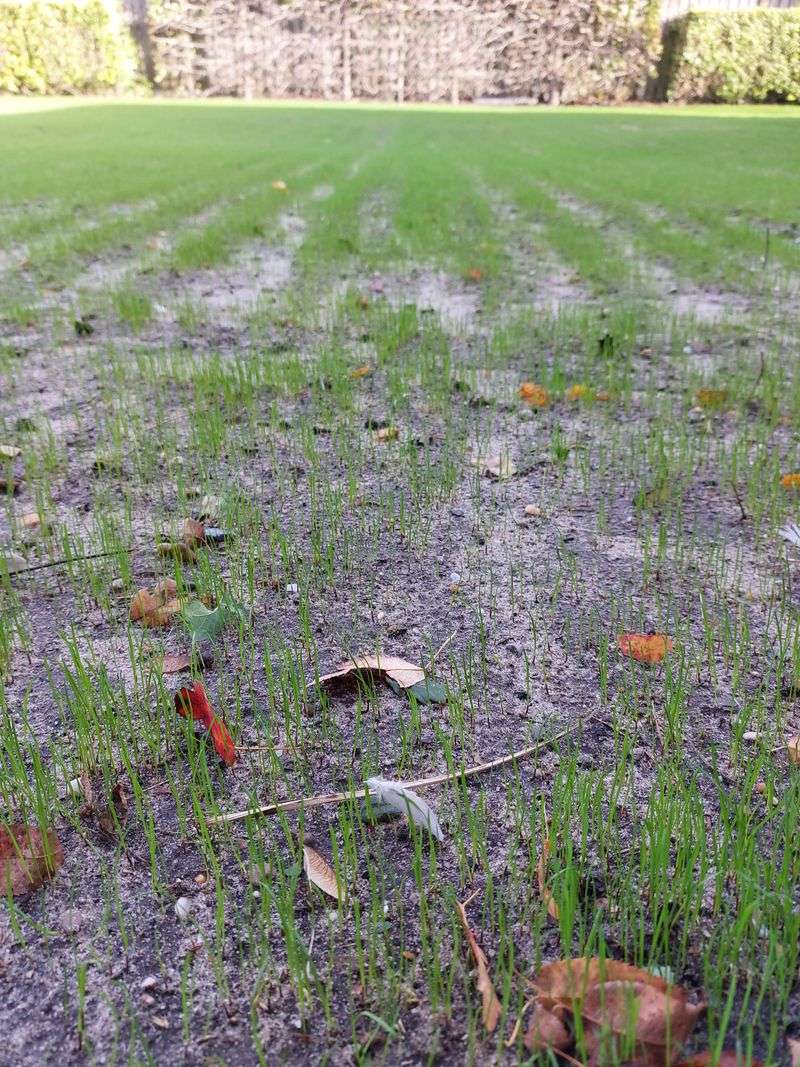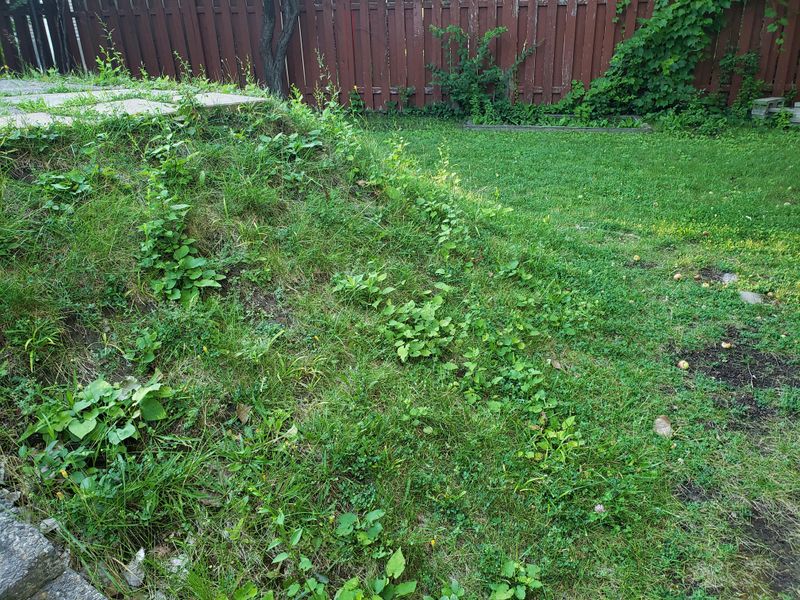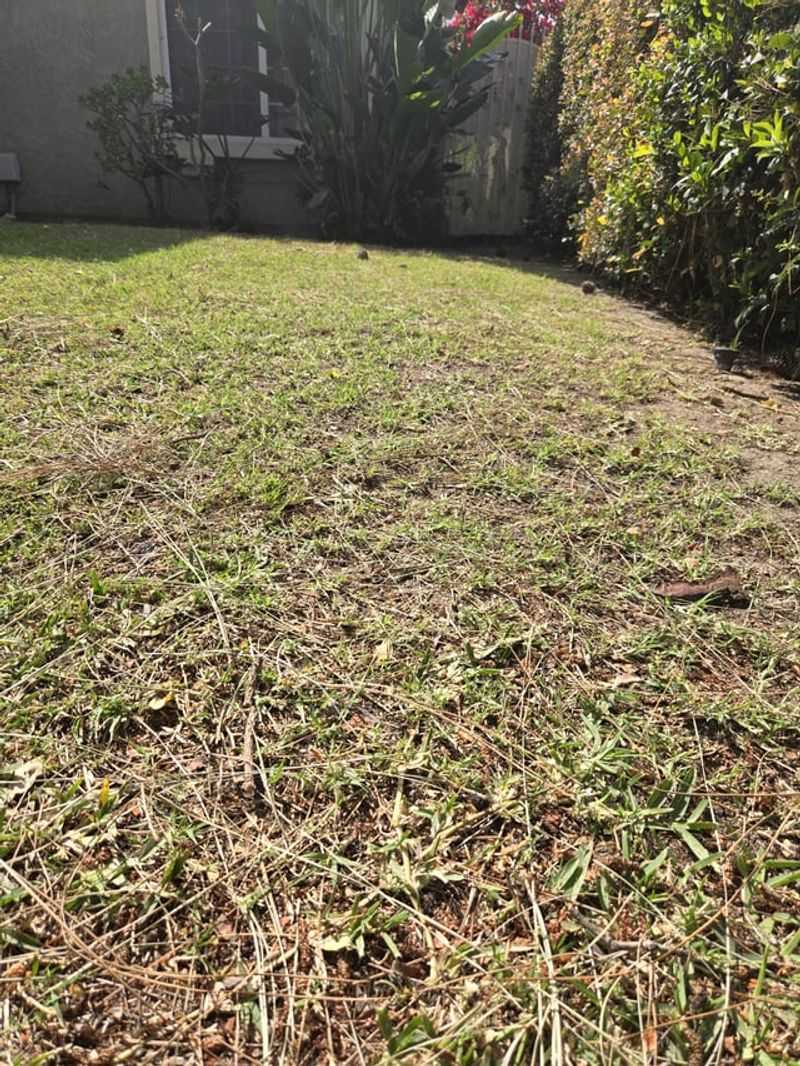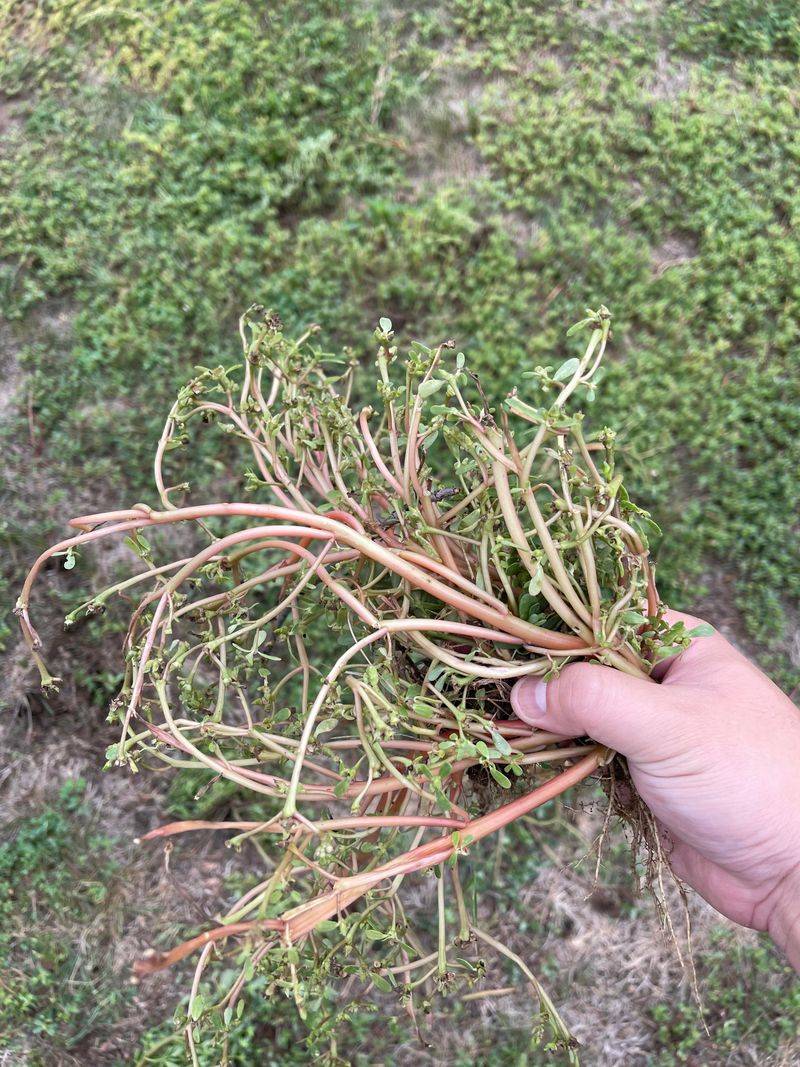Ever wondered why your yard seems to be overrun with weeds, no matter how much effort you put into maintaining it? You’re not alone. Many homeowners find themselves fighting a losing battle against these unwelcome plants. The reasons behind a yard teeming with weeds are many and varied, ranging from environmental factors to common gardening mistakes. In this blog post, we’ll explore 25 likely reasons your yard is a weed haven and offer insights into how you can take back control of your green space. Get ready to transform your yard into a weed-free paradise!
1. Poor Soil Quality
If your soil is nutrient-deficient, compacted, or overly acidic, it creates the perfect environment for weeds to thrive. Weeds can often tolerate poor soil conditions better than grass, allowing them to outcompete your lawn.
To improve soil quality, start by testing your soil’s pH and nutrient levels. Amending the soil with organic matter like compost or applying the right fertilizer can help your grass thrive and reduce weed growth.
A healthier lawn, with deep roots and lush grass, will naturally crowd out weeds. Regularly adding nutrients and aerating your soil is key to long-term success.
2. Overwatering
Overwatering creates a moist environment that is perfect for weeds to take root and spread quickly. When water pools on your lawn or the soil remains constantly wet, weeds, especially those that prefer damp conditions, can thrive.
To combat this, adjust your watering schedule so your lawn gets deep, infrequent watering rather than shallow, frequent watering. This encourages your grass to grow deeper roots, making it harder for weeds to take hold.
Ensure that your yard has proper drainage and that you’re not overwatering. This simple change can help prevent weeds and support healthier, more robust grass growth.
3. Underwatering
Weeds tend to outcompete grass in areas where water is scarce. When your lawn doesn’t get enough water, the grass weakens, and weeds have a better chance of establishing themselves.
To fix this issue, water deeply and infrequently to encourage healthy grass root development. Aim for 1-1.5 inches of water per week, depending on the climate, to ensure your grass stays strong and can fend off weed invasions.
A well-watered lawn is much more resistant to weed growth, as the grass fills in bare spots and grows vigorously, leaving little room for weeds to sneak in.
4. Lack of Proper Lawn Maintenance
Neglecting your lawn maintenance can quickly lead to a weed invasion. Without regular mowing, fertilizing, and edging, the grass becomes sparse, providing opportunities for weeds to grow unchecked.
Start by committing to a routine lawn care schedule, including regular mowing at the correct height, fertilizing with the right products, and keeping the edges neat. This gives your lawn the best chance of being thick and healthy, making it difficult for weeds to establish.
Good maintenance practices help strengthen your grass, allowing it to naturally outcompete weeds for sunlight, water, and nutrients.
5. Poor Drainage
If your yard has poor drainage, it leads to puddling and overly damp soil, which creates a perfect breeding ground for weeds. Many weeds, like clover and crabgrass, thrive in these soggy conditions, crowding out your grass.
To improve drainage, consider aerating your lawn to break up compacted soil and help water move more freely through the ground. You can also install French drains or use sand to improve soil permeability.
By fixing your yard’s drainage, you’ll make the environment less inviting for weeds and create a healthier space for grass to grow.
6. Mowing Too Short
Mowing your grass too short, also known as “scalping,” weakens it, leaving the soil exposed to sunlight and weeds. When the grass is too short, it doesn’t shade the soil properly, and the roots aren’t deep enough to resist drought or competition from weeds.
To avoid this, follow the “one-third rule”—never remove more than one-third of the grass height during a mow. Keeping your grass at a healthy height allows it to grow stronger roots and shade the soil, reducing weed growth.
Longer grass is also better at capturing nutrients and moisture, making it harder for weeds to establish themselves. Adjusting your mowing habits will help keep weeds at bay while promoting a healthy, thriving lawn.
7. Soil Compaction
Compacted soil prevents water, air, and nutrients from reaching the roots of your grass, which weakens it and gives weeds an opportunity to take over. Compaction is common in high-traffic areas, like play zones or walkways, where the soil is regularly compressed.
Aerating your lawn is the best solution to alleviate soil compaction. Using a core aerator creates small holes in the ground, allowing water, air, and nutrients to reach the grass roots more effectively.
By reducing compaction, you’ll promote healthier grass growth and make it much harder for weeds to thrive in your yard.
8. Insufficient Sunlight
Weeds are opportunists and often grow in shaded areas where grass struggles to thrive. If your lawn is shaded by trees, fences, or buildings, it can create the perfect environment for weeds to flourish.
Consider trimming back overgrown trees or shrubs to allow more sunlight to reach your lawn. You can also switch to shade-tolerant grass varieties or plant ground covers that thrive in low-light conditions.
Improved sunlight will encourage stronger grass growth, which will naturally help outcompete any weeds trying to establish themselves in the shade
9. Lack of Mulch
Mulch is an excellent way to suppress weeds by blocking sunlight and preventing weed seeds from germinating. Without it, weeds have more opportunity to take root and spread across your garden.
Apply a 2-3 inch layer of organic mulch around your plants and flower beds to create a natural barrier against weeds. Choose mulch materials that break down slowly, like wood chips, to improve soil quality over time.
Mulching helps retain moisture for your plants, adds nutrients to the soil, and keeps weeds at bay. It’s an eco-friendly way to reduce weed pressure in your garden.
10. Use of Low-Quality Grass Seed
Low-quality or inappropriate grass seed may not thrive in your yard’s conditions, leaving gaps where weeds can move in. If the grass doesn’t establish itself well, weeds have the upper hand.
Invest in high-quality, drought-resistant grass seed that suits your climate and soil type. Choose a seed blend that is well-suited to your lawn’s needs and ensure you plant it at the right time of year for optimal growth.
By starting with quality seed, you’ll get a stronger, denser lawn that naturally crowds out weeds and requires less effort to maintain.
11. Too Much Shade
If your lawn is shaded too much, the grass can’t grow thick enough to prevent weed establishment. Many weed species thrive in shady conditions, while your grass struggles in the low light.
Consider trimming back trees or installing shade-tolerant ground covers to reduce weed growth in shaded areas. Alternatively, plant grass varieties that are better suited to low-light environments to ensure a thicker, healthier lawn.
Shading adjustments can encourage better grass growth, which reduces the chances of weeds taking over your yard.
12. Over-fertilization
Over-fertilizing your lawn can lead to excessive growth of both grass and weeds. Too much fertilizer encourages weeds like crabgrass to grow faster and take over your yard.
Use a balanced fertilizer and follow the manufacturer’s recommendations to avoid over-fertilization. Applying the right amount of nutrients will help your grass grow strong while limiting weed growth.
A properly fertilized lawn is better equipped to fight off weeds and remain lush and healthy.
13. Not Aerating Lawn
Aeration is one of the most important steps in preventing weeds. Without aeration, your lawn’s roots become restricted, making it harder for grass to grow and easier for weeds to establish.
Aerating your lawn once a year, especially in high-traffic areas, helps to break up compacted soil and improves water and nutrient absorption.
Regular aeration creates a healthier environment for grass to grow, naturally outcompeting weeds for space, water, and nutrients.
14. Using Herbicides Improperly
Improper herbicide use can weaken your lawn and make it more susceptible to weeds. Over-application or using the wrong herbicide can harm grass while allowing weeds to flourish.
Always follow the manufacturer’s instructions carefully when applying herbicides. Consider organic alternatives or targeted treatments to avoid harming your lawn while effectively managing weeds.
Using herbicides responsibly ensures your lawn remains healthy, strong, and resistant to weeds in the long run.
15. Too Much Foot Traffic
Excessive foot traffic compacts the soil and damages grass, creating bare spots where weeds can easily take root. Lawns that are frequently walked on are more susceptible to weed growth.
To reduce the impact of foot traffic, create designated pathways or install stepping stones to guide movement. Additionally, regular lawn care like aeration will help prevent damage and promote grass growth.
By protecting your lawn from heavy traffic, you’ll reduce weed competition and keep your grass healthy and strong.
16. Lack of Ground Cover Plants
When there’s no ground cover, weeds have plenty of space to grow and spread. Ground covers like clover or low-growing perennials can fill in gaps, reducing the opportunity for weeds to take over.
Planting ground covers helps create a dense, weed-resistant layer of vegetation that supports soil health and adds visual interest to your garden. These plants naturally outcompete weeds for resources, keeping them at bay.
By filling in bare patches with ground covers, you give your grass and other plants a better chance to thrive and block weeds from taking over.
17. Poor Lawn Irrigation Systems
If your irrigation system isn’t working properly, it can lead to uneven watering, creating dry patches where weeds can thrive. Overwatering or under-watering can also stress your lawn, making it more susceptible to weed growth.
Make sure your irrigation system delivers consistent, deep watering to promote healthy root growth in your grass. Use a system that can be adjusted to ensure the right amount of water reaches every part of your lawn.
A well-watered, evenly irrigated lawn is more resistant to weed invasions, allowing your grass to grow thicker and stronger.
18. Improper Seeding Methods
Planting grass seed incorrectly can result in bare patches that become hotspots for weeds. Over-seeding or under-seeding can also lead to thin turf, which invites weeds to fill in the gaps.
Ensure that you seed your lawn evenly and at the right time of year. Raking the soil lightly before seeding and covering the seed with a thin layer of soil or mulch will improve germination.
By using the proper seeding techniques, you’ll create a thick, healthy lawn that naturally suppresses weed growth.
19. Presence of Bare Spots
Bare spots in your lawn are prime real estate for weeds, which can quickly establish themselves in areas where grass is weak. These spots allow sunlight to reach the soil, creating the perfect conditions for weeds to take root.
To fill in bare spots, reseed the area or plant grass plugs that are suited to your lawn’s conditions. Regular lawn care and proper watering will help the grass grow thick enough to crowd out weeds.
By addressing bare spots promptly, you prevent weeds from gaining a foothold in your yard and maintain a lush, healthy lawn.
20. Invasive Grass Species
Invasive grass species like Bermuda grass or quackgrass can quickly take over your yard, choking out the more desirable plants. These aggressive species are often more resistant to pests, diseases, and drought, allowing them to thrive in conditions where other grasses struggle.
The best solution is to remove invasive grasses by hand-pulling or using targeted herbicides designed for them. Replant your lawn with grass species that are well-suited to your region and lawn conditions to help fight off invasives.
Controlling invasive grasses is key to maintaining a healthy lawn and preventing them from outcompeting your desired grass and plants.
21. High Soil pH
Soil that’s too alkaline can encourage the growth of certain weeds while inhibiting grass growth. High pH levels can affect the availability of nutrients, weakening your lawn and allowing weeds to thrive.
Test your soil’s pH and amend it with sulfur if the levels are too high. Aim for a balanced pH that supports healthy grass growth, typically between 6.0 and 7.0.
Adjusting the soil pH will help your grass thrive and make your lawn less inviting to weeds, improving overall lawn health.
22. Heavy Rainfall
Excessive rainfall can lead to soil erosion and the washing away of grass seed, leaving the soil bare and vulnerable to weeds. Weeds are quick to capitalize on these exposed areas.
To mitigate this, use erosion control measures such as mulch, straw, or even ground covers to protect your lawn. Installing proper drainage systems can also prevent water from pooling and creating weak spots.
By managing rain runoff and preventing erosion, you reduce the likelihood of weeds establishing themselves and give your grass a better chance to thrive.
23. Nearby Weedy Areas
If your neighbors’ yards are full of weeds, their seeds can easily drift over to your lawn. Weeds are often carried by wind, animals, or even tools, leading to a gradual invasion of your space.
To prevent this, maintain a healthy, dense lawn and keep weeds from going to seed in your own yard. You can also plant barriers like hedges or shrubs that create a physical barrier to weed migration.
Staying proactive with your lawn care and preventing weed seeds from spreading will help you protect your yard from external weed pressure.
24. Poor Grass Growth
Weak, patchy grass is an open invitation for weeds to take root. Poor grass growth can be caused by improper care, nutrient deficiencies, or poor soil conditions.
Ensure your grass gets the nutrients it needs by fertilizing properly and providing enough water. Aerating the soil and reseeding bare spots will also help your lawn grow stronger and more resistant to weed invasion.
Healthy, lush grass naturally crowds out weeds, so focusing on improving grass health is your best defense against unwanted weeds.
25. Lack of Proper Weed Control
If you’re not using effective weed control methods, your lawn will quickly become overrun. While it’s important to maintain a healthy lawn, a proactive weed management strategy is just as critical.
Use a combination of pre-emergent herbicides, mulching, and manual weed removal to keep weeds in check. Focus on targeting weeds early, before they have a chance to spread and take over.
By incorporating proper weed control techniques, you’ll reduce weed pressure and ensure a healthier, weed-free lawn.

